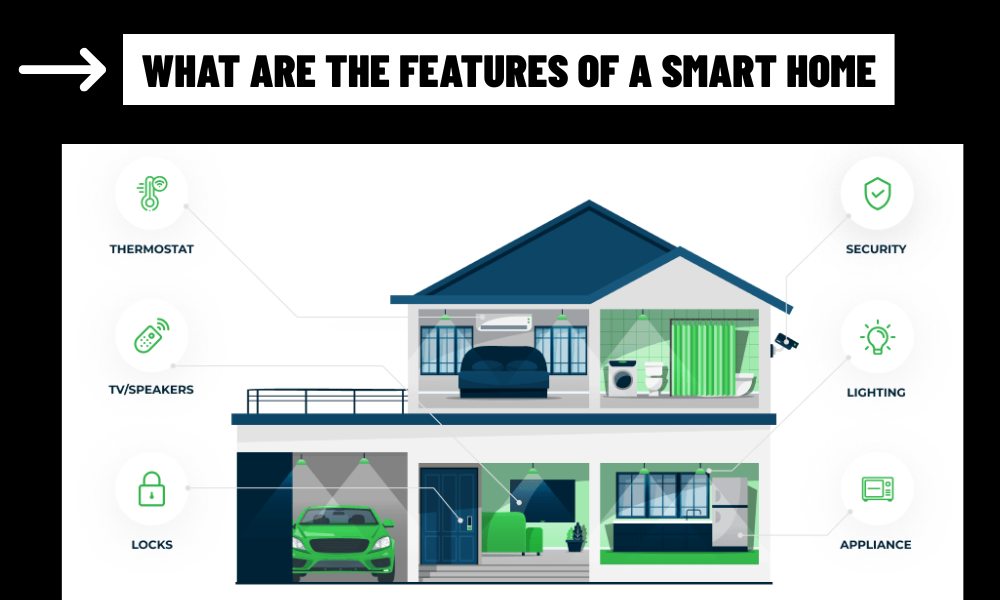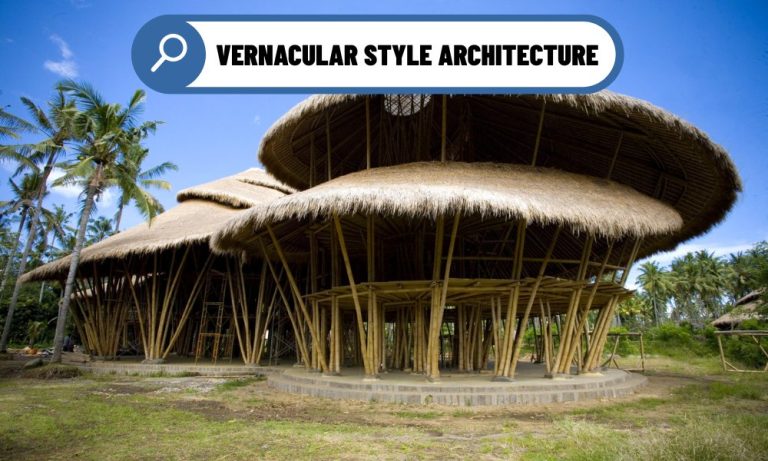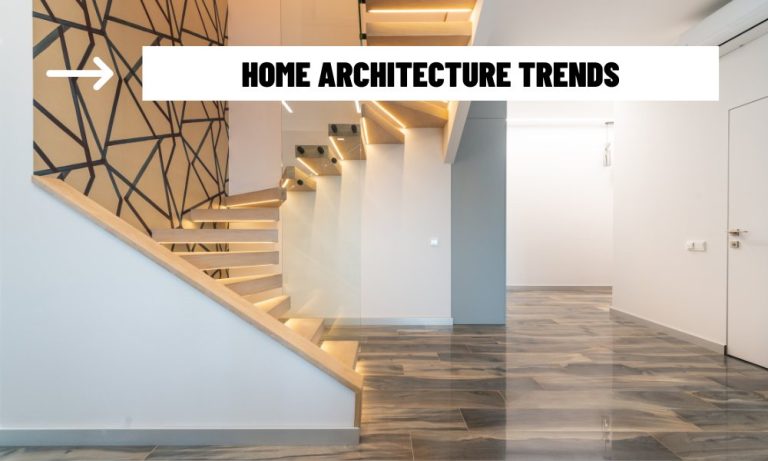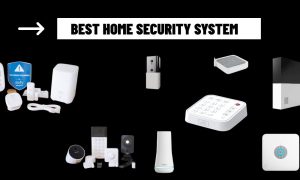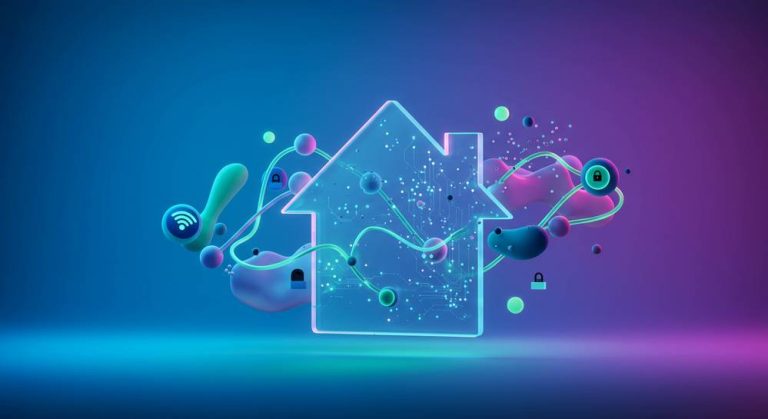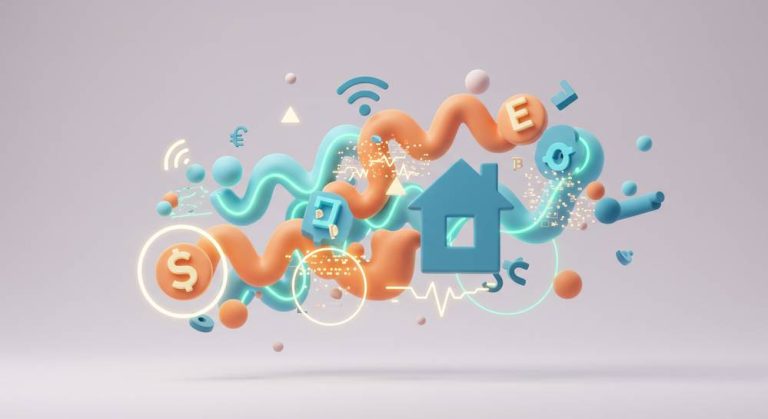As technology evolves, so does the definition of home. No longer just four walls and a roof, today’s homes are becoming intelligent systems — listening, learning, and adapting to your habits in ways that were once unimaginable. Naturally, more homeowners are asking: What are the features of a smart home, and how can they benefit daily life?
The answer lies not in the number of devices but in the experience they collectively create — one of convenience, security, and control.
Features of a Smart Home
The Living Home: A New Standard for Comfort
Unlike traditional homes where each appliance or utility functions independently, a smart home works as a synchronized ecosystem. Lights that turn on softly as you enter, heating that adjusts based on your schedule, or blinds that close automatically when the sun is strongest — this is not luxury anymore, it’s functionality.
What sets a smart home apart is how seamless these actions become. You no longer need to think about every switch or setting. Your environment shapes itself around your life.
Intelligence That Builds Over Time
When asking what are the features of a smart home, it’s important to think long term. A true smart system doesn’t just automate — it evolves. By learning your routines, preferences, and even your absence patterns, the system becomes more intuitive over time.
For instance, a smart thermostat won’t simply follow a preset schedule; it will recognize when you actually leave the house late or come home early and adjust accordingly. The lighting may begin to mimic natural circadian rhythms without you ever touching a button.
This capacity for learning is what makes the smart home feel not just automated, but alive.
Security Without Stress
One of the most valuable — and often overlooked — features of a smart home is how it simplifies protection. Instead of worrying whether you locked the door or set the alarm, your home can do that for you. Motion-detected alerts, face-recognizing doorbells, and real-time mobile notifications turn your smartphone into a control center.
Importantly, these features work quietly and constantly. They don’t intrude on your life but provide assurance in the background — whether you’re in the next room or halfway around the world.
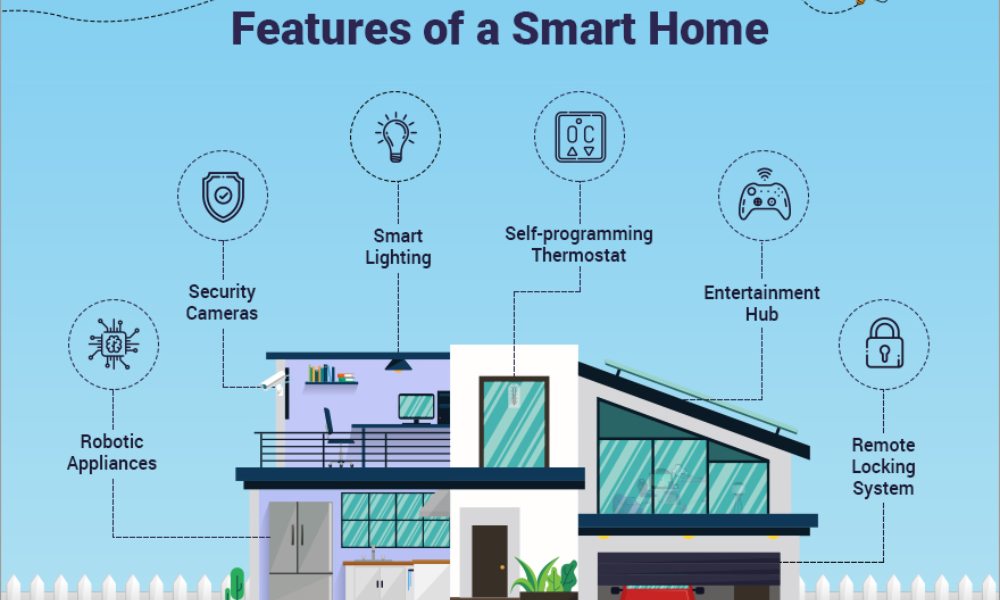
Personalization at the Core
Another key when understanding what are the features of a smart home is how deeply customizable the experience can be. From lighting color and room temperature to wake-up music and coffee schedules, everything can be tailored to suit your mood, routine, or even a one-off event like a party or a movie night.
More than offering control, the smart home offers creative freedom. It adapts not only to your needs but to your identity.
Practical Efficiency, Real Savings
Smart homes aren’t just about aesthetics or novelty. Their features offer tangible benefits: lower electricity bills, reduced water waste, and better use of heating and cooling systems. Even something as simple as a smart irrigation system can make a significant environmental and financial difference.
Moreover, because most systems can be monitored and adjusted remotely, you gain greater control over how and when energy is used — which is not only practical but also sustainable.
A Home That Works With You, Not Just For You
So, what are the features of a smart home? At their core, they are about alignment — aligning technology with your lifestyle, your needs, and your values. From intelligent lighting and adaptive security to personalized routines and long-term energy savings, these features are less about the future and more about enhancing the present.
A smart home isn’t just a collection of devices. It’s a new way of thinking about how we live, one that prioritizes comfort, efficiency, and peace of mind — all without asking you to lift a finger.
